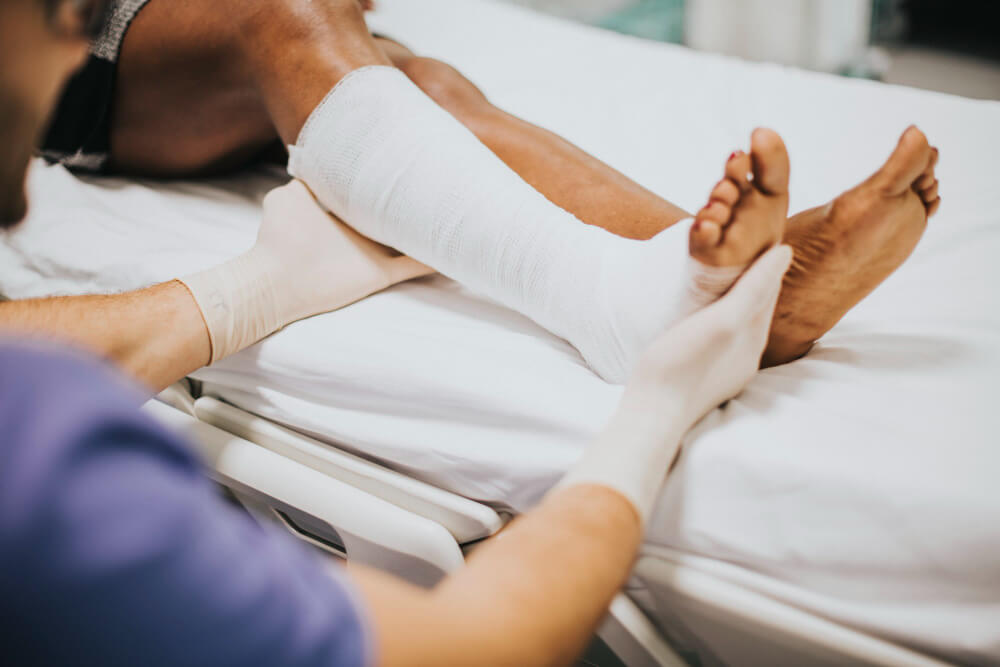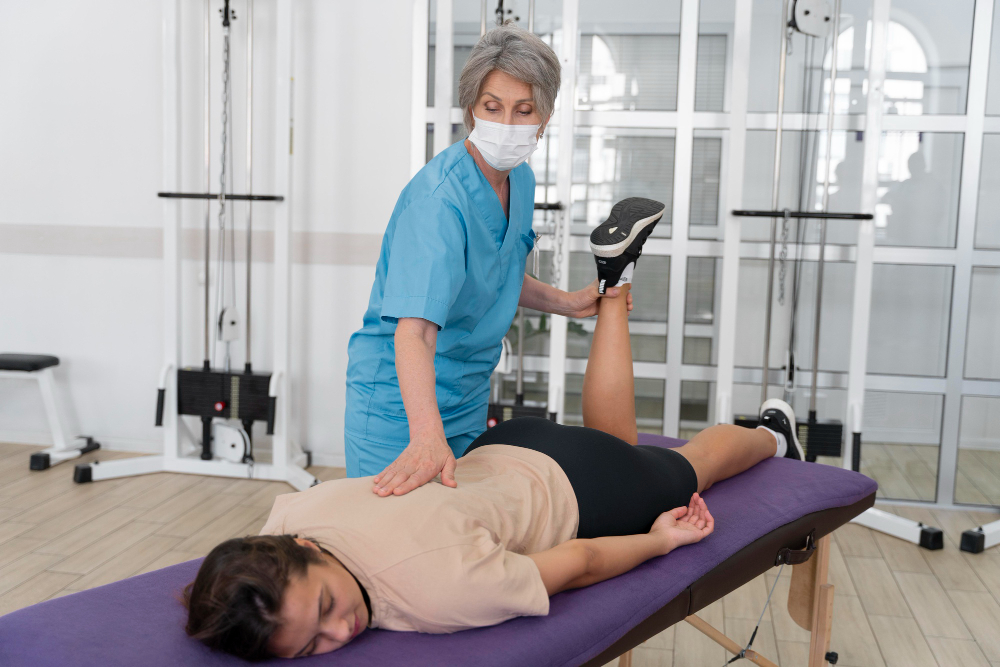From Crack to Comeback: Demystifying Swollen Fractures and Understanding the Healing Journey
The sudden jolt, the searing pain, the unnerving realization – you’ve fractured a bone. Then comes the unwelcome guest: swelling, puffing up your limb like an uninvited party balloon. Fear and confusion cloud your mind. What’s normal? What’s not? How do you navigate this bumpy road to recovery?
Fear not, fellow fracture fighter! This crash course equips you with the knowledge and comfort you need to conquer the swelling monster and accelerate your comeback to a pain-free, active life. Buckle up, and let’s unravel the mysteries of swollen fractures, one step at a time.
Cracked & Puffy: Unveiling the Mysteries of Swelling
Swelling after a fracture is a natural defense mechanism. Your body rushes blood and fluid to the injured area to jumpstart the healing process. But too much of a good thing can be uncomfortable, hindering movement and adding to the pain. Understanding the why and how of swelling is the first step in taming the beast.
Busting Myths and Misconceptions:
- Myth: All fractures swell the same.
- Fact: The amount and duration of swelling depend on the type and severity of fracture, surrounding muscle mass, and individual healing rates.
- Myth: Heat is your friend.
- Fact: Heat therapy is counterproductive in the initial stages. Ice, elevation, and compression are your swelling-taming allies.
- Myth: Movement delays healing.
- Fact: Gentle exercises and physical therapy are crucial for regaining strength and preventing stiffness once the initial swelling subsides.
Recognizing the Warning Signs:
While some swelling is expected, sudden increases, intense pain, fever, redness, or discoloration are red flags. These may indicate infection or complications requiring immediate medical attention.
Taming the Bump: Effective Strategies to Reduce Swelling & Pain
Now, let’s equip you with the tools to combat the swelling dragon and reclaim your comfort:
- The Mighty Icepack: Your cooling hero. Apply ice packs wrapped in a thin towel for 15-20 minutes, several times a day.
- Elevation Essentials: Gravity is your friend. Prop your injured limb above your heart to facilitate fluid drainage and reduce swelling.
- Compression Tactics: Gentle wraps or braces can help control swelling. Consult your doctor for the right type and pressure.
- Medication Magic: Over-the-counter pain relievers and anti-inflammatory drugs can alleviate pain and reduce swelling. Follow your doctor’s instructions and dosage guidelines.
Beyond the Icepack: Exploring Advanced Therapies for Optimal Healing
In some cases, your doctor may recommend additional therapies to boost your healing journey:
- Physical Therapy: Gentle exercises and movements prescribed by a therapist help regain strength, flexibility, and prevent stiffness.
- Ultrasound Therapy: Sound waves can stimulate bone healing and improve blood flow, reducing swelling and pain.
- Electrical Stimulation: Mild electrical currents can help manage pain and reduce inflammation in the injured area.
- Surgical Solutions: In rare cases, surgery may be necessary to realign bones or address complications.
From Couch Potato to Comeback Kid: Regaining Strength & Mobility After a Fracture
Patience and gradual progress are key words in your post-fracture rehabilitation journey. Here’s how you can reclaim your active life:
- Gentle Stretches & Strengthening Exercises: Work with your doctor and physical therapist to design a safe and effective exercise program for your specific fracture.
- Overcoming Fatigue: Listen to your body and rest when needed. However, avoid complete inactivity to prevent stiffness and muscle loss.
- Avoiding Complications: Follow your doctor’s instructions religiously, attend all appointments, and monitor your progress for any new symptoms.


